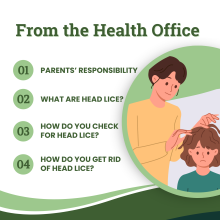
Important information from the Health Office regarding head lice
Dear Parents,
Several cases of head lice (pediculosis) have been reported in the Lower School. Please do not be alarmed, as this is a common childhood occurrence. Head lice can be a nuisance, but they have not been shown to spread disease.
PARENTS’ RESPONSIBILITY:
- Check your child’s hair for eggs (also called nits). All household members and other close contacts should be checked.
- If you suspect your child has head lice, contact your health care provider or school nurse to recommend appropriate treatment.
- Notify the School Nurse if your child is being treated for head lice
- It may be beneficial to share information with the parents of classmates and any others who may have had head to head contact with your child.
WHAT ARE HEAD LICE AND HOW DO YOU KNOW IF YOUR CHILD HAS THEM? Head lice are very small, light-brown insects (less than one-eighth inch long), which live only in people's scalp and hair. Head lice hatch from small eggs, called nits, that are firmly attached to individual hairs near the scalp and cannot be easily moved up or down the hair (as could specks of dandruff). Nits may be found throughout the hair but are most often located behind the ears and at the nape of the neck. Eggs hatch in 6-10 days, with new lice reaching adulthood 2-3 weeks later. The female louse, about the size of a sesame seed, typically lives for 20-30 days and lays about six eggs a day. Lice live by biting and sucking blood from the scalp. By the time lice are discovered, the student has usually had them for three to four weeks.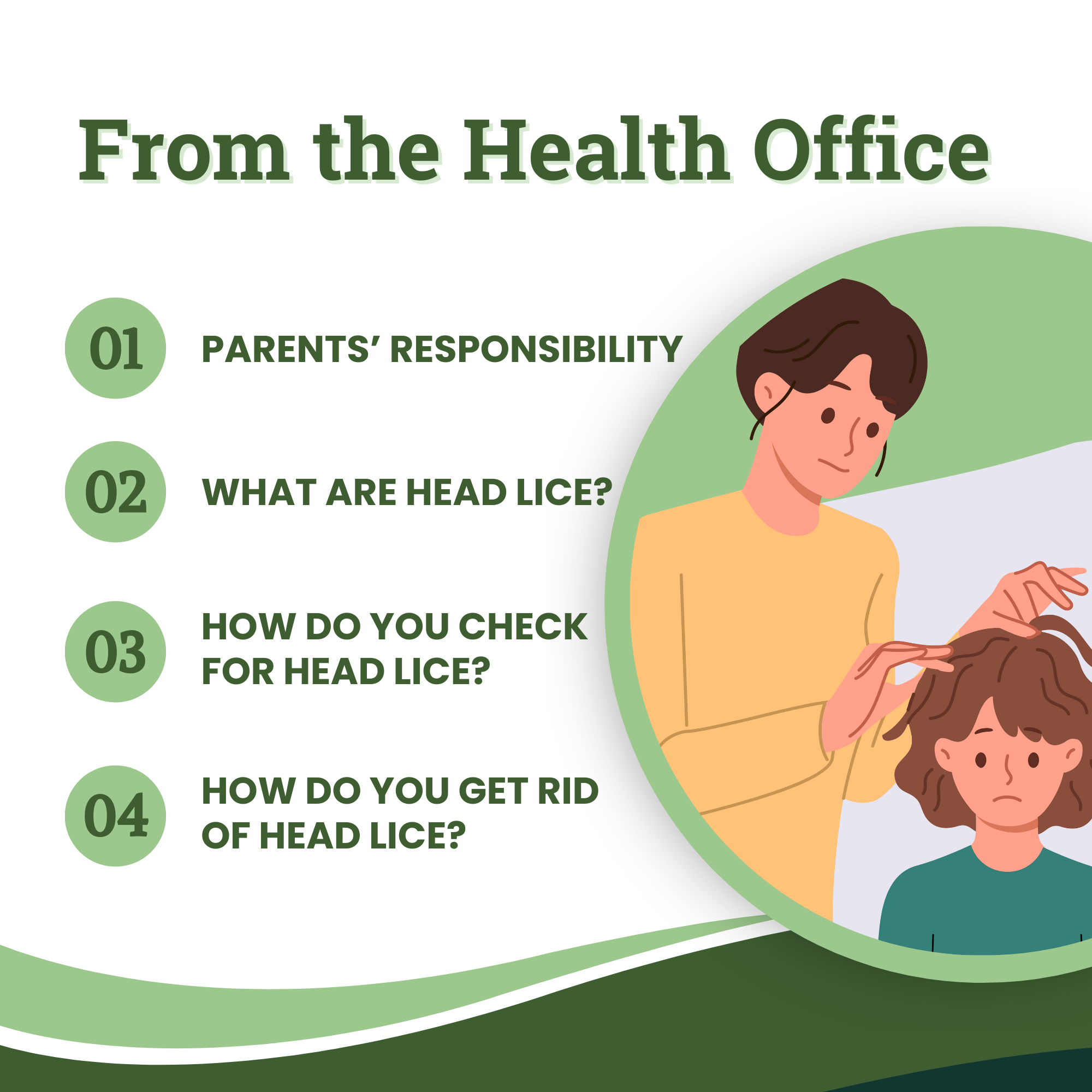
HOW DO YOU CHECK FOR HEAD LICE? Live lice can be difficult to see because they avoid light and crawl quickly. You may not see the lice, only the eggs. These are tiny, pearl gray, oval-shaped specks attached to the hair near the scalp. Look carefully, using a magnifying glass and natural light. Search for nits at the back of the neck, behind the ears, and on top of the head. Nits are often confused with other things found in hair such as dandruff, hairspray droplets, and dirt particles. Without magnification, some studies suggest using a lubricant (water, oil or conditioner) on the hair and then combing using a Nit Comb. The conditioner method: Apply hair conditioner that is white in color to wet or dry hair. Use the Nit Comb to comb around all areas and wipe on a paper towel. Look at the residue on the paper towels. If you see black looking specks, these are either detached nits or lice. This confirms your child has head lice and needs to be treated.
HOW DOES A PERSON GET HEAD LICE? Head lice move by crawling. They do not hop or fly. Studies have shown that in-school transmission is considered to be rare. The major mode of transmission is through head-to-head contact with another infected individual. Spread by contact with clothing (such as hats, scarves, coats) or personal items (such as combs, brushes or towels) used by an infested person.
The most common symptoms of lice infestation are:
- Itching
- Tickling feeling of something moving in the hair
- Irritability and sleeplessness
- Sores on head from scratching.
WHAT SHOULD YOU DO IF YOUR CHILD HAS HEAD LICE? If your child does have head lice, everyone in your family should be checked, and anyone with nits should be treated.
HOW DO YOU GET RID OF HEAD LICE? There are several medicines available to treat head lice. Prioderm Lotion, Rid and Nix Creme Rinse are available over the counter at local drug stores. Your doctor will tell you which is best. Follow your health care provider’s instructions. A repeat treatment in 7-9 days may be necessary. Although these products will kill lice, none will kill or remove 100 percent of the nits. It is important to continue to use a Nit Comb to remove nits until they are gone It is also important to continue to check for nits or live lice for about a month after the initial treatment. There are outside services that treat head lice. Please discuss treatment options with your healthcare provider.
Please reach out with any additional questions or concerns!
Best,
Nichole Edwards


